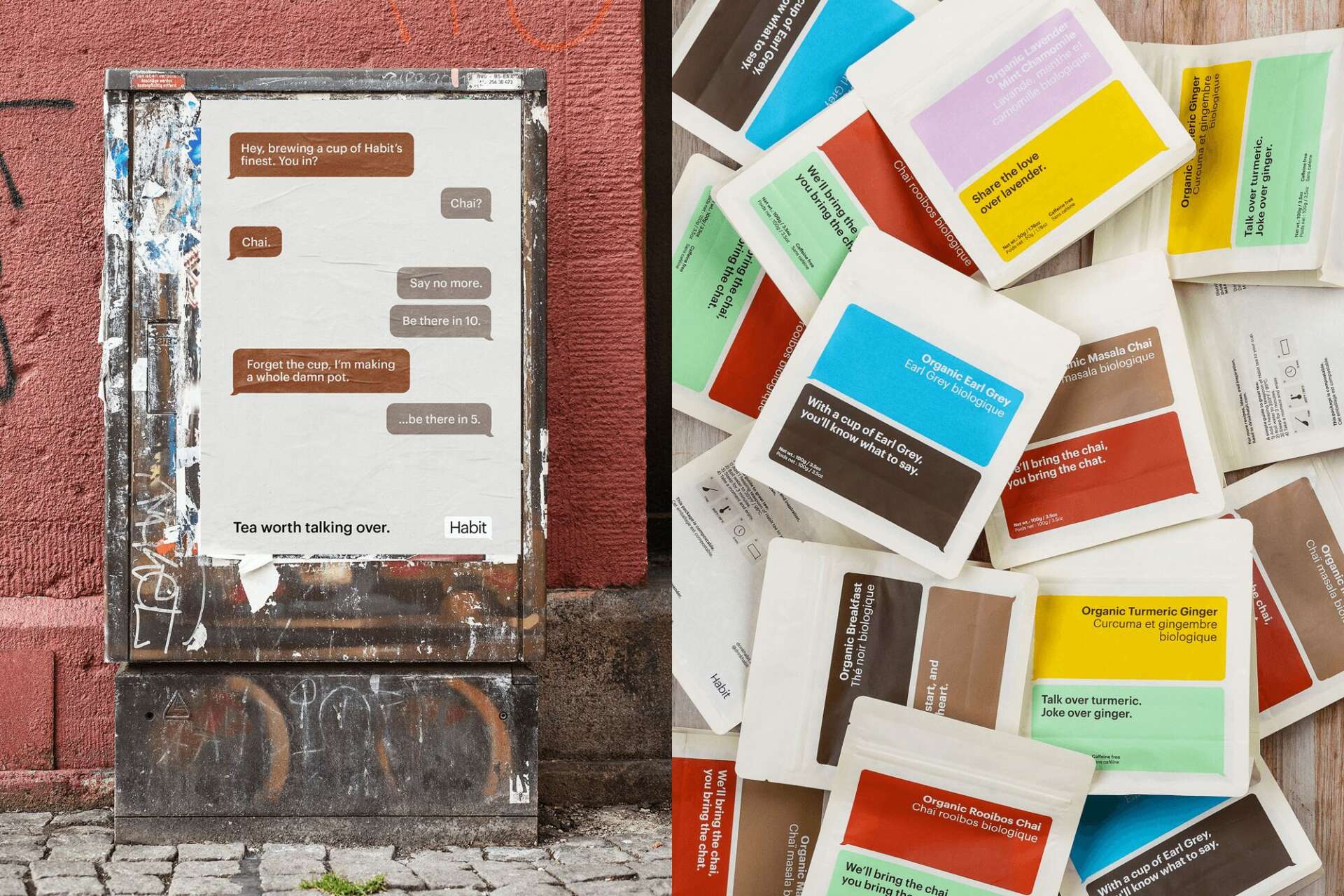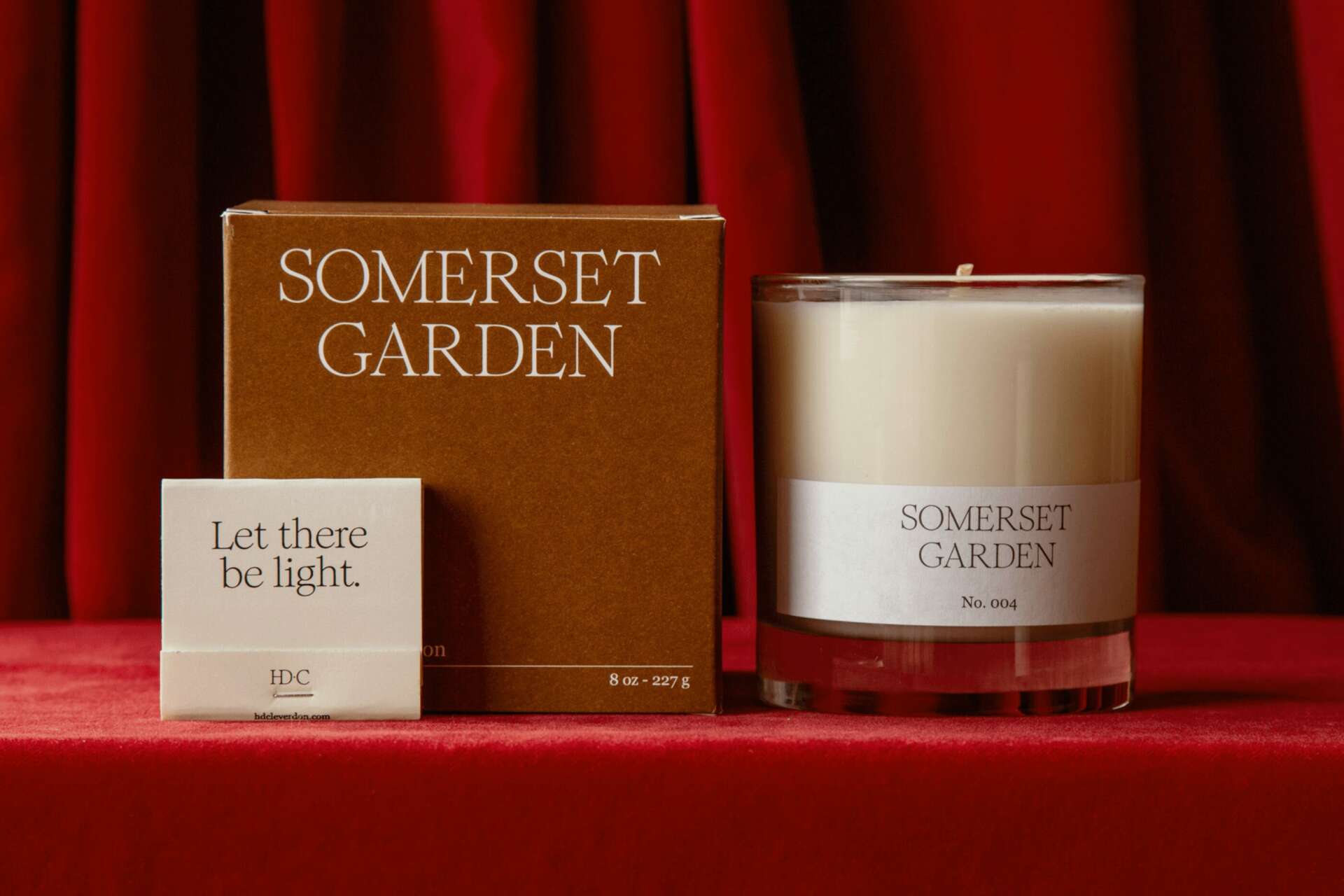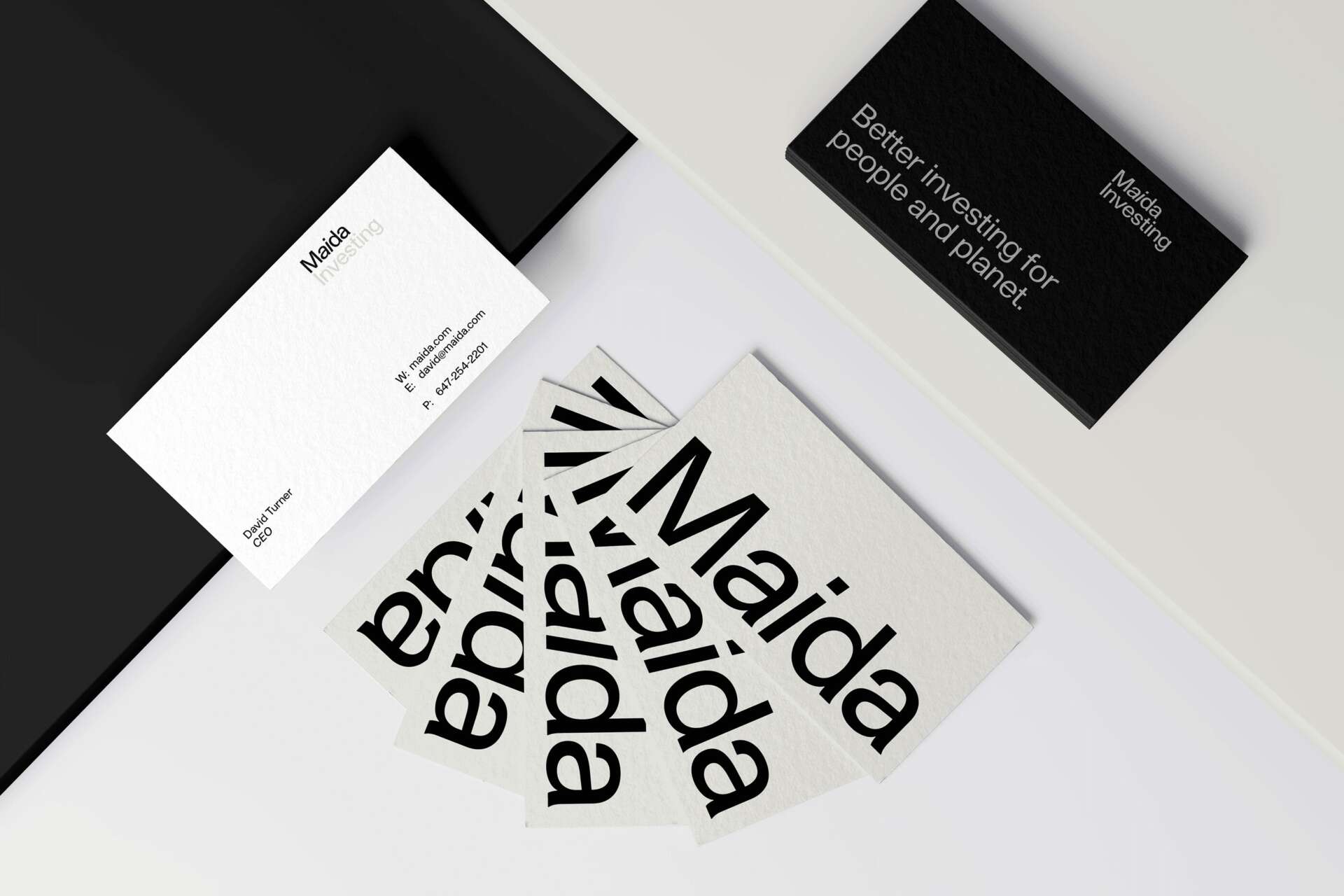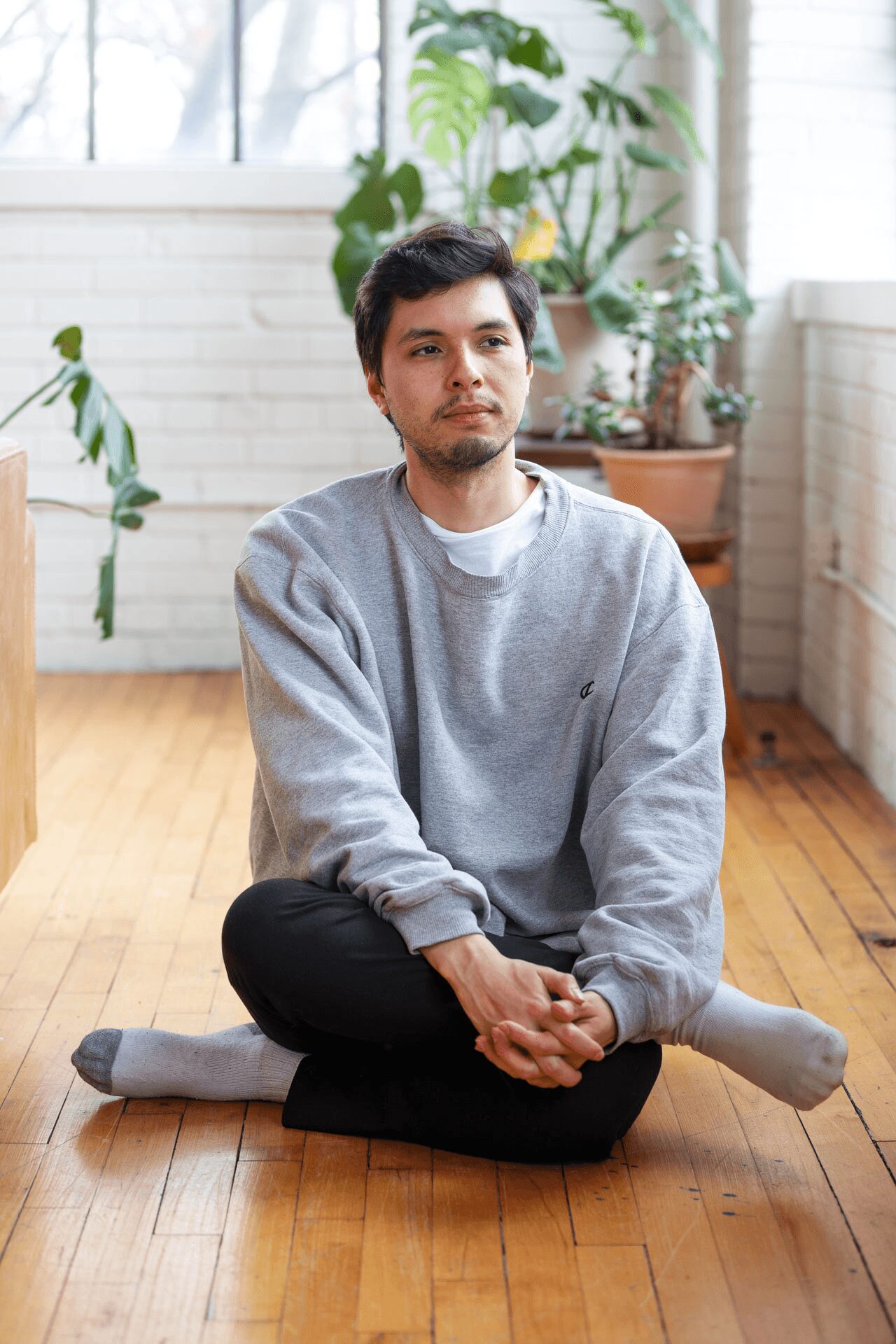Alright – so today we’ve got the honor of introducing you to Tiah Khuu. We think you’ll enjoy our conversation, we’ve shared it below.
Tiah, looking forward to hearing all of your stories today. Looking back, what’s an important lesson you learned at a prior job?
– I went to OCAD for Graphic Design
– I met my thesis teacher, Avi Dunkelman, who ended up being my primary influence in my design
– He told me that the key to having a successful design career was to start in the right circle/network
– Moving up the “network” ladder is very tough but if you can start at a certain echelon, it will make it much easier to propel you into success
– He got me my first job at a company called Entro and Gottschalk+Ash
– They are responsible for notable Candian organizations such as OLG, Centennial Symbol, Labatt, TIFF, Montreal Olympics, and O&B.
– From there I left to create Fook, the studio I help run now. Part of the beginnings of that story started with self-published book called Faces of Food we created. A book about the life stories of 36 chefs, farmers, and front of house staff from restaurants in Ontario. We started off by featuring Michael Bonacini from O&B which allowed us to have access to the rest of the industry, despite us being very inexperienced as we were fresh our of school and had no previous restaurant exposure.
– We were able to have Michael Bonacini right from the start because of the network I had from working at Entro and G+A.
– The launch of that book allowed us to put our foot print as a design studio of note in the Toronto community and opened up relationships that still bear fruit today.
– Currently we work with 2 veterans from G+A that has helped open up opportunities we couldn’t have even dreamed of having for a studio of our size.
– Long story short, a simple relationship with a teacher in school ultimatly set us off in the right network which allowed us to grow our studio to work among some of the greats in the Canadian marketing and design world.


Tiah, before we move on to more of these sorts of questions, can you take some time to bring our readers up to speed on you and what you do?
How did you get into your industry?
– My name is Tiah Khuu.
– Born and raised in Mississauga and have been living in Toronto for my adult life.
– I started taking an interest in art during high school, which ultimately led me to OCAD for graphic design.
– From there, I took an interest in typography and eventually went to the Basel School of Design in Switzerland.
– I worked at a studio called Entro and Gottschalk+Ash, designing their 50th-anniversary book, which was a 300-page book documenting their work and company story since the 50s.
– From there, I left and started my current studio alongside my two partners, Michael Wood and Alex Wilson.
What type of products/services/creative works you provide?
– We create the most important parts of your brand, primarily consisting of brand identities, websites, and campaigns.
What problems you solve for your clients and/or what you think sets you apart from others?
– What sets us apart from others is our ability to marry business and creativity together.
– The biggest challenge for most creatives (which has also been true of us) is understanding how our creativity fits into the world of business. Beyond creating things that are aesthetic, how does creativity fulfill its responsibilities to a client by helping their business grow?
– We have figured out where the intersection of what we do as creatives and what our client is trying to solve.
– Building a brand boils down to a single objective: Building your company moat.
– A company moat refers to “its ability to maintain the competitive advantages that are expected to help it fend off competition and maintain profitability into the future.”
– A great example of this is the iPhone by Apple. Many iPhone users wouldn’t be caught dead with an Android despite the fact that from a technical level, an Android and iPhone are nearly identical in their function to the user. So what makes them different? What do iPhone users focus on when saying I would never buy an Android? It is not wanting to lose the emotional identity they have built with their phone/brand of their phone. They do not want to be seen as an Android user. To have the “shameful” green text bubble. They see their iPhone as a reflection of who they are and are willing to pay a lot of money to maintain that identity because of the deep emotional tie they have with the iPhone. This very relationship drives people to pay the premium pricing that iPhones have and to stick with Apple over many upgrade cycles, irrelevant of any technical aspect of the phone.
– People love to say that iPhones barely get better each time and that they cost way more than they should. Those may very well all be true. Yet when it comes down to how people vote with their wallet, Apple still takes home 60% of the wallets in the US with profit margins around 50%-60%.
– We help companies develop the emotional “patents” of their product/company by developing holistic brand identities and marketing strategies so that our clients are able to maintain or challenge a competitive advantage, build aspects of their products that their competitors cannot replicate, drive pricing power, and build customer stickiness.
What are you most proud of and what are the main things you want potential clients/followers/fans to know about you/your brand/your work/ etc?
– I am most proud of learning how to guide our clients into the world of creativity and to link our world with theirs.
– Our clients come to us with the knowledge that they need branding but rarely with the understanding of what it actually does and how to evaluate it.
– This often makes them feel like it’s an expense that they must do because “that is what you are supposed to do” but never actually feels clear about how it helps them in a language they can understand.
– We are proud to be able to guide a client through a creative process and illustrate to them how it will operate and fit with their business, which ultimately means they embrace the strategies we set out and they see the bottom-line results of our work, turning their money spent from an expense into an investment.


Do you have any stories of times when you almost missed payroll or any other near death experiences for your business?
– Our business almost died when COVID hit. We were heavily serving the restaurant industry and when the lockdowns happened, like them, we took a huge hit as well.
– Our primary client had owed us a substantial amount of money that they did not intend to settle which they left us with almost no money as a business
– We had left the restaurant industry entirely and had a real self reflection moment as a business on who we were, what is going to drive our success in the next chapter of our business
– We took that time revamp our core offering, our website, and the internal structure of our business.
– We managed to come out the other side without closing our doors but with some very important learning lessons.
– 1. Learn to operate lean.
Part of what kept us going through COVID was our ability to really shrink costs and take advantage of the digital nature of our service. This allowed us to have very little overhead and pass down savings to our clients to become a more attractive offering during a time of uncertainty. This taught us the importance and advantage of having healthy cashflow and a robust balance sheet.
– 2. Diversify our industry and client base.
Having most of our revenue come from a single client and industry really caused us pain when that fell through. By extension we were unequipped to replace them either as the entire industry was also cutting costs. We took a hard look at what made us different and where we found the most past sucess and pursued industries that matched that. Today we are proud to say that we work in a variety of industries ranging from fashion to finance to government. Each industry brings its own learnings that make us stronger and more helpful as a company overall.
– 3. Working with a client goes both ways.
It is easy as a business owner to constantly try to do everything. Especially when you are trying to make ends meet. You say yes to any client that is willing to pay or make sacrifices that you might otherwise not have. While this can provide some short term benefit, your focus should always be on the long term. Finding a fit with a client is not just about money. It’s about business practices and values that align with your own. By focusing only on money, we found ourselves in a situation with a client where they didn’t respect us, our time, and ultimately didn’t value the service we were providing. Not only did this result in us tunnel visioning our efforts to just service them and creating a risk for our business, but ended up in a relationship that also never paid their bill.


Any advice for growing your clientele? What’s been most effective for you?
– Being genuinely helpful
– People and businesses ultimately buy products or services to better their life in some way or another
– When you want to become a genuine partner with your clients, you have to look beyond your own service offerings
– While we focus on providing what we do best, when clients come to us we really try our best to solve problems they bring up. Even if it goes beyond what we do because our ultimate goal is to help them build their business
– I’ve had clients talk about how their spouse has being going through long COVID. I reached out to my doctor friends to see if there was any resources I could provide. A client mentioned that they weren’t sure the best way to go about their taxes for business. I reached out to our accountant and got them a consultation to help them learn more about how it works in a business environement. A client mentioned that they having trouble finding a chemist to help create with their healthcare product. I reached out to a personal relationship I had in the pharmaceutical industry to try to find some starting point for them.
– By helping your clients, to the best of your ability, with whatever problem they have, communicates to them that you truly do have their best interest at heart and simply want to see them succeed.
– Going as far as you can to help is what it really means to be a partner with your clients. It will build trust with them, give you more freedoms, and demonstrate the value you bring beyond what your peers do.
– This will drive word of mouth referrals and repeat business which is the highest quality leads you could hope to build your business on
Contact Info:
- Website: https://www.fookcommunications.com
- Instagram: https://www.instagram.com/fookcomm/?hl=en




